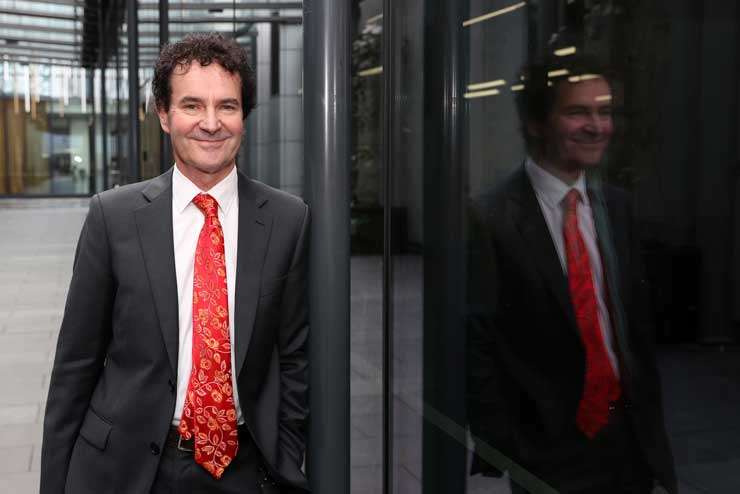ANALYSIS: As had been widely expected over the past couple of weeks, the Reserve Bank has accelerated the pace of monetary policy easing by cutting the cash rate 50 basis points after making a tentative reduction of 25bp in August.
The decision was driven by a number of things, including the deteriorating outlook for the world economy. The Reserve Bank specifically referenced downside risks to the US economy from the upcoming presidential election along with still slowing growth in China and unrest in the Middle East.
Locally the Reserve Bank noted continuing weakness in spending by both households and businesses alongside restraint from the Government. Most importantly it expressed the view that the economy has now built up some spare capacity and that businesses have reined in their plans for raising prices.
Start your property search
The Official Cash Rate now sits at 4.75% and there is a good chance it will drop to 4.25% at the next review on November 27. After that, the next review won’t happen for another three months.
Because most borrowers are now on short-term fixed or floating rates, the pass-through of falling borrowing costs into the economy and the housing market will be quite swift. This means the strength in residential real estate activity I am observing in my monthly surveys will continue to build.
Discover more:
- First-home buyers earning $225,000 'absolutely gutted' after banks turn them down
- 32 bidders show up to buy flood-damaged home - 'they just went crazy in the auction room'
- Couple who bought Grey villa for $21,000 now selling it for 100 times as much
For instance, a net 39% of mortgage brokers say they are seeing more first-home buyers in the market. A net 47% are seeing more investors. Brokers say that banks are responding to the improving outlook for housing credit demand by easing their lending criteria bit by bit, although processing times are blowing out once more and this is going to soon start frustrating buyers looking to catch the bottom of the price cycle.
But just because the real estate market is picking up and facing the future with optimism does not mean the economy is out of the woods. Households are likely to face rising unemployment for much of next year as well as hikes in insurance costs, council rates and power bills. Net migration flows are dropping away rapidly and I still have a net 5% of consumers in my monthly Spending Plans Survey saying that they plan to cut their spending in the next three to six months – not raise it.

Independent economist Tony Alexander: "Because most borrowers are now on short-term fixed or floating rates, the pass-through of falling borrowing costs into the economy and the housing market will be quite swift." Photo / Fiona Goodall
Businesses also face another six to nine months of very tight cashflows as costs continue to rise for many. The IRD is chasing tax debts, consumers are wary of spending, and debtors are starting to fall over in greater numbers. More factory closures such as we have seen recently in the forestry sector are likely, and we must not forget that the Government is having to pursue a multi-year return of Crown finances to sustainable shape after excessive spending surrounding the pandemic panic.
For retailers, summer is likely to be tight. For inbound tourism operators, the coming warm period will be positive but still without a full recovery in Chinese visitor numbers (those numbers will worsen now Beijing is gathering passports to prevent certain groups of people from freely travelling offshore).
For manufacturers, the continued decline of New Zealand as a viable base of operations looks set to continue. But in the construction sector there is light starting to appear at the end of the tunnel. Architects are still shedding work and workforce, but developers are getting ready for increased construction in the second half of 2025. There is also a lot of infrastructure work to be done and efforts by the Government to accelerate development across many areas will eventually propel activity levels higher.
Overall, the acceleration in monetary policy easing is positive for the New Zealand economy – but the main impact probably won’t show for many until the second half of 2025.
- Tony Alexander is an independent economics commentator. Additional commentary from him can be found at www.tonyalexander.nz












































































